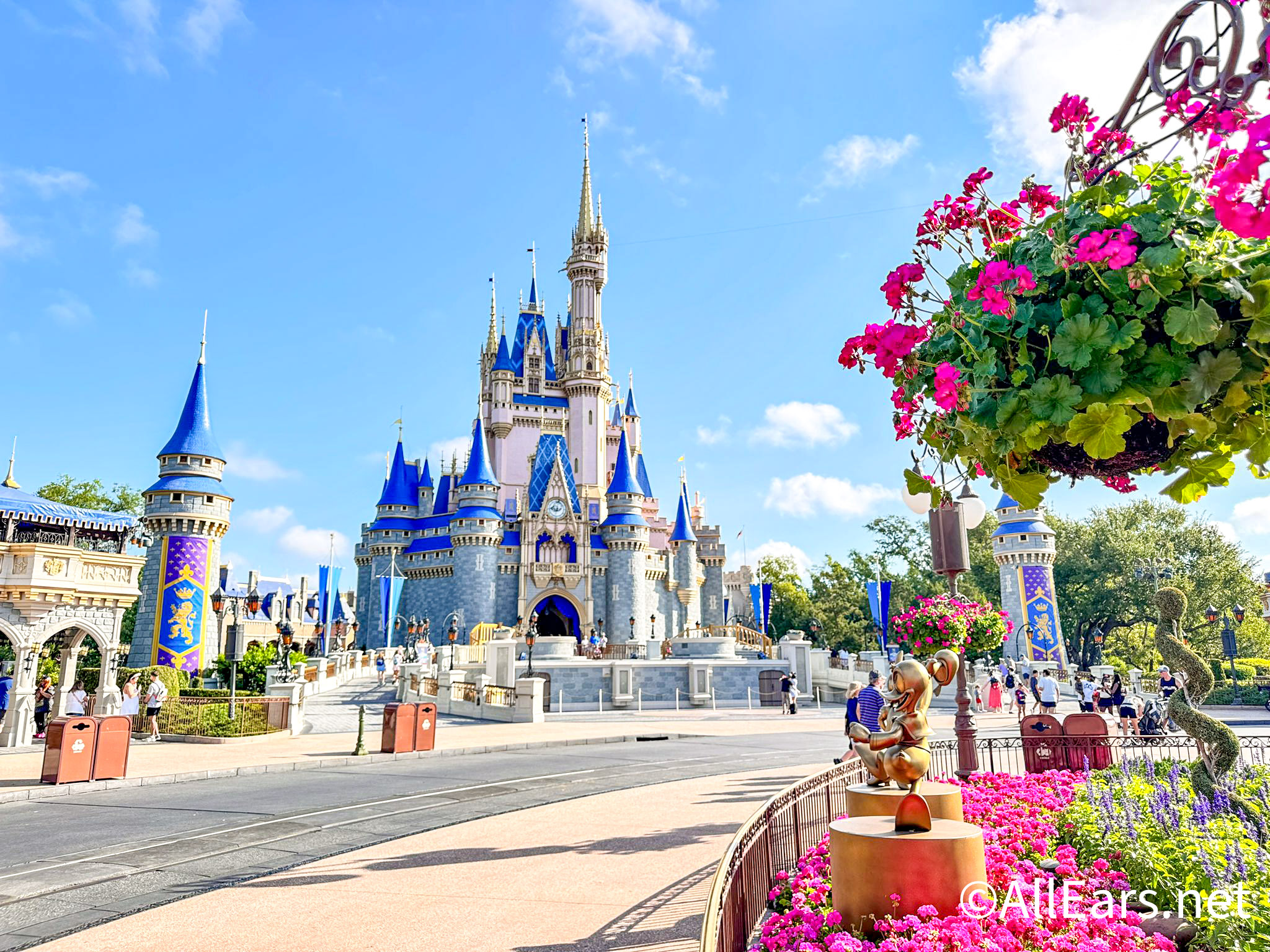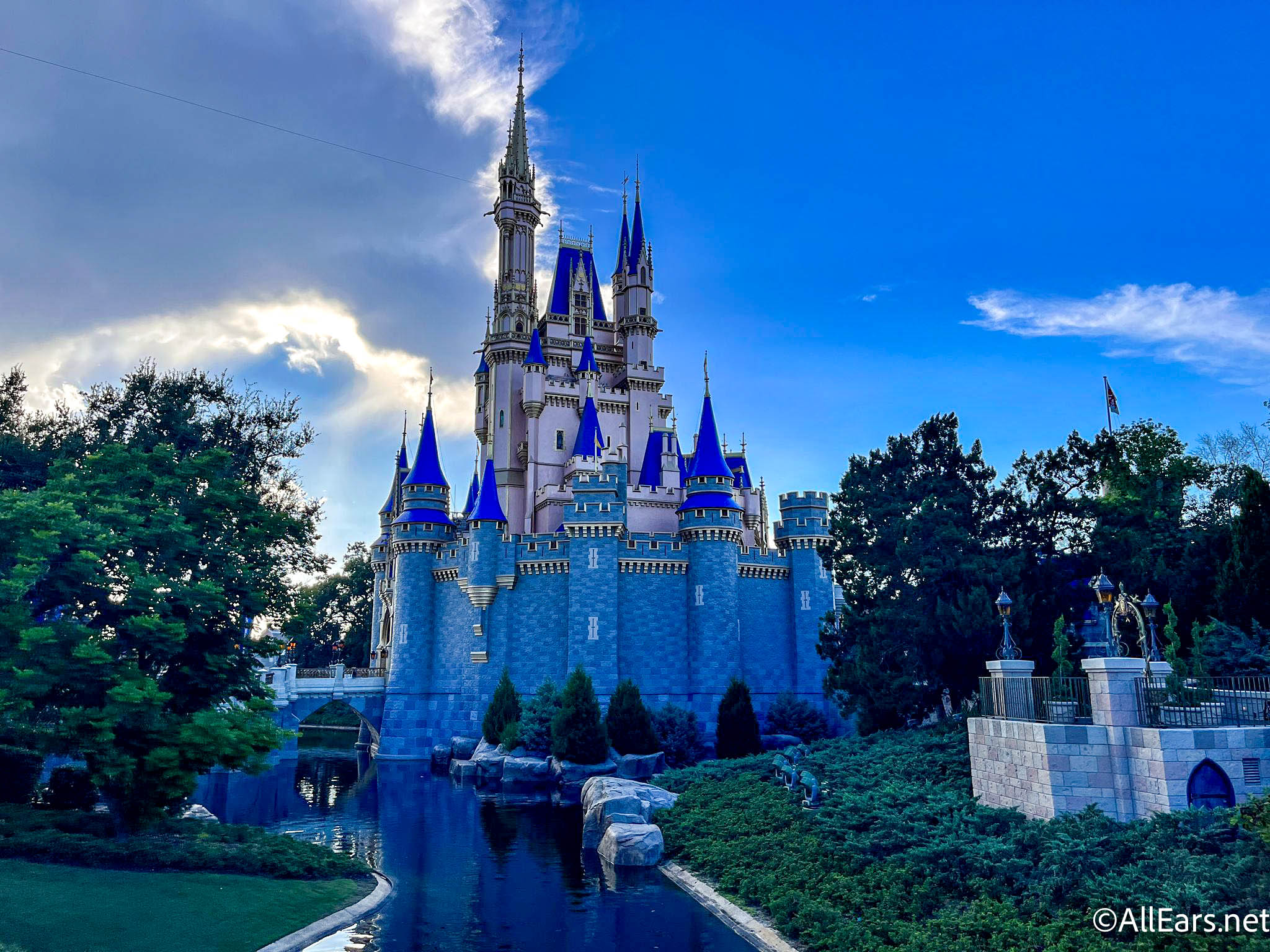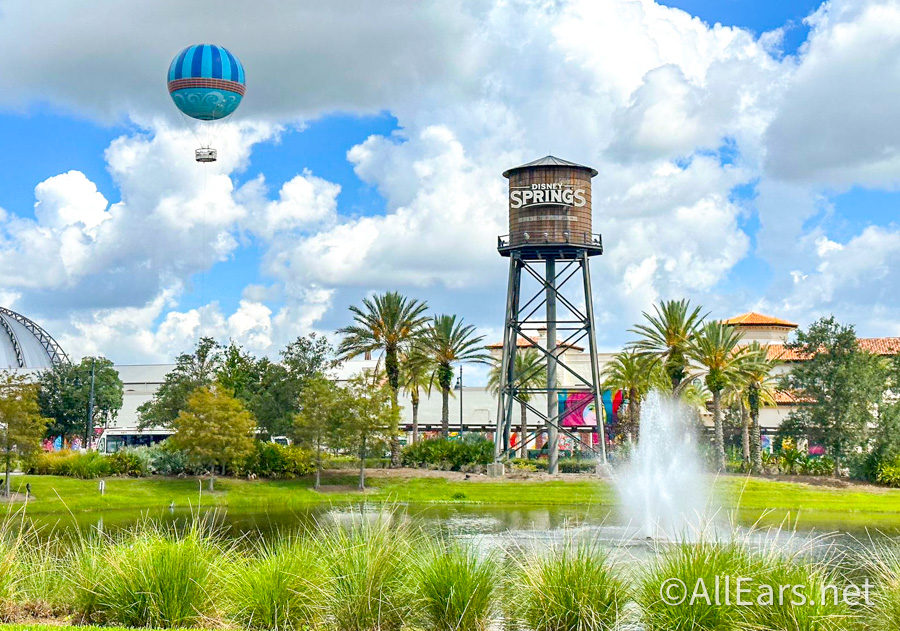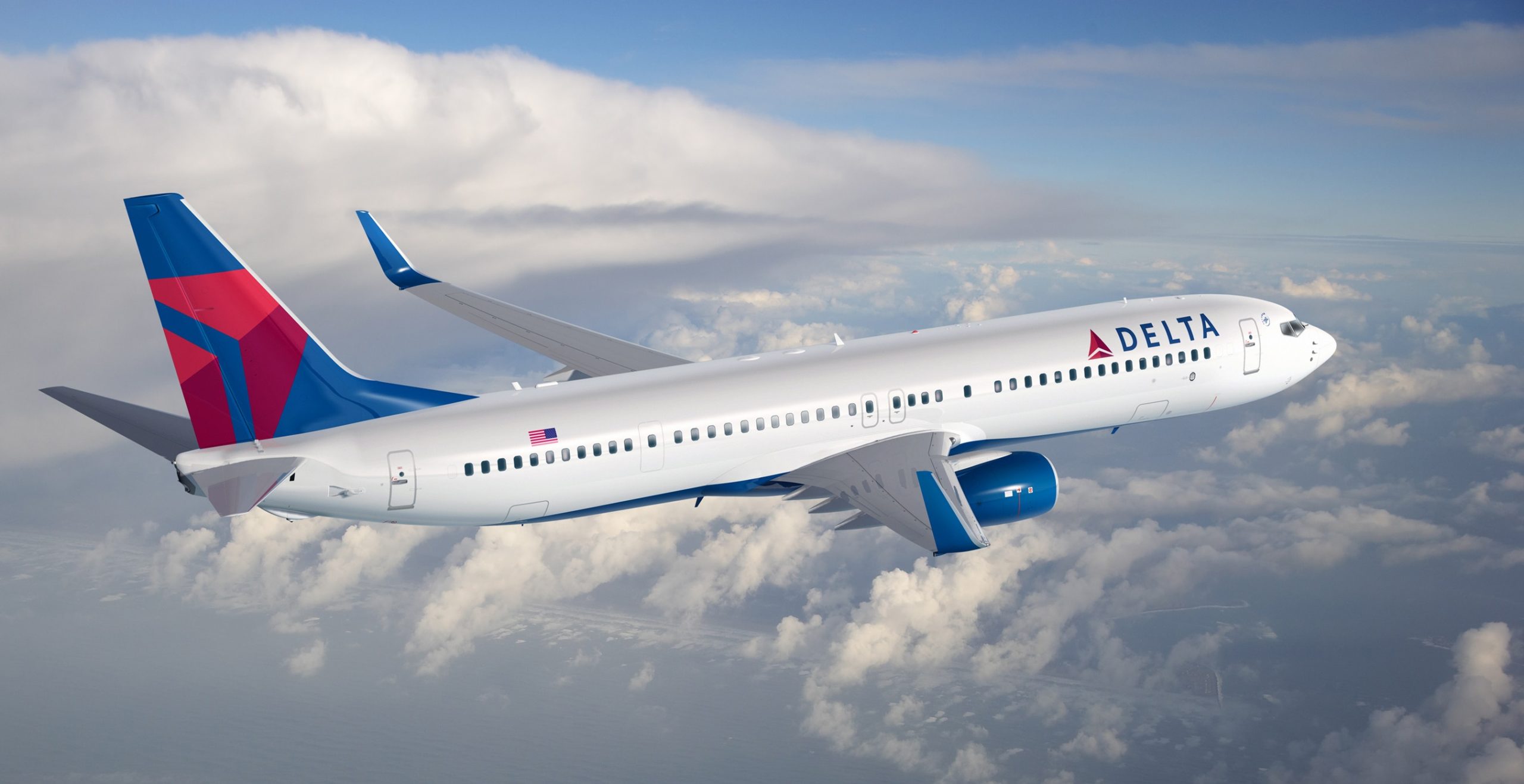Walt Disney World Chronicles: Celebrating the Millennium at EPCOT
by
Jim Korkis
Feature Article
This article appeared in the August 4, 2020 (#1090) edition of ALL EARS®
Editor’s Note: This story/information was accurate when it was published. Please be sure to confirm all current rates, information and other details before planning your trip.

It is hard to believe that just 20 years ago we were all celebrating the beginning of the new Millennium and that perhaps some of today’s AllEars readers weren’t even born yet.
Walt Disney World officially celebrated the event from October 1, 1999, to January 1, 2001, and it was primarily based at Epcot.
Designed to celebrate the new century, the 60,000-square foot Millennium Village located near the United Kingdom pavilion included representations from several countries not already part of the World Showcase including exhibits from Brazil, Chile, Eritrea, Israel, Saudi Arabia, Scotland, and Sweden.
The location also included an international food court with eight regional kitchens, artisans from seven different countries demonstrating their work and the 250-seat World Showplace Theater for performances. After the event, the building was used for convention space and renamed World Showplace.
Some may have forgotten that the celebration saw the introduction of the Leave a Legacy program that allowed more than 550,000 WDW Resort Guests to leave personalized tiles on the granite monoliths outside Epcot between 1999 and 2007. The large slabs were removed in 2019.
Some other things created for the Millennium celebration also lasted much longer than expected so Disney fans who may have missed the event still experienced them years later.
Mickey’s Wand
As part of the Millennium Celebration in 2000, Disney installed a 25-story high “magic wand” held by Mickey Mouse’s hand next to the Spaceship Earth sphere. Mickey’s arm was meant to suggest his appearance in the “Sorcerer Apprentice” sequence of the animated feature Fantasia (1940). However, in that film, Mickey never used a magic wand but a mystical hat belonging to the wizard Yensid.
At the top of the sphere was a large “2000” number decorated with glittery “starfetti.” In 2001, the number was replaced with the word “Epcot.” The wand structure had cost more than the Cinderella Castle Cake makeover for the 25th anniversary of the Magic Kingdom. It was too expensive to take down after the Millennium Celebration.
So rather than having to spend money each year to change the year number, it was easier to just change the sign to “Epcot”. The steel structure still weighed 500,000 pounds and extended 257 feet — the tallest theme park structure at Walt Disney World Resort at the time.
A Walt Disney World press release in December 2000 proudly announced, “The makeover will turn the 15-month Walt Disney World Millennium Celebration icon created for Spaceship Earth into a new and lasting beacon to a magical Disney World.” In actuality, the addition seemed to diminish the size of the simple and elegant sphere structure.
Disney released the following numbers about the new icon:
- 257 feet: Height to the sparkles above the tip of Sorcerer Mickey’s wand
- 250 tons: Weight of steel frame supporting the icon
- 100,000 pounds: Weight of Mickey’s gloved hand, the wand, and the “Epcot” lettering
- 250,000: Number of shimmering metallic eye-catchers used to spell “Epcot”
- 36 feet: Height of the tallest letters in “Epcot”
- 5 months: Duration of the construction changeover from “2000” to “Epcot”
On July 5, 2007, Epcot Vice President Jim MacPhee announced that Spaceship Earth would be restored to its original appearance, and that the “magic wand” structure would be removed in time for the park’s 25th anniversary on October 1, 2007.
The structure was cantilevered over Spaceship Earth, so care had to be taken to avoid having it crash through the structure of sphere building. Workers removed pieces one by one, as if dismantling a giant erector set structure.
Illuminations: Reflections of Earth
For the new millennium, a new World Showcase Lagoon fireworks show called IllumiNations: Reflections of Earth created and directed by Don Dorsey premiered September 1999 and was rated by guests to Epcot as their most popular experience. There were several variations of the show over the decades and it ended in 2019 and was replaced by Epcot Forever.
For the show, 19 natural gas torches were installed around the World Showcase lagoon at a cost of $681,000 to each represent the previous nineteen centuries with the final torch illuminating the new century coming out of the Earth Globe during the finale.
Roughly 30 percent more fireworks were added to the show than in previous IllumiNations. For the new show, there were over 1,000 shells launched, producing some 2,400 effects. There were four fountain barges pumping 5,000 gallons per minute, along with three positioned lasers (Mexico, Canada, American Adventure) that produced a full rainbow of color. It took 67 computers working in forty locations to operate this show.
ACT 1 was entitled “Chaos” and captured the fiery early history of planet Earth. A shooting star explodes over the center of the lagoon, dancing fire and fountains shoot up like jets of lava, and huge gas flames of fire erupt into the air. The blackened inferno barge shot up forty-five feet tall propane gas flames.
ACT 2 was entitled “Order” and the Earth Globe took center stage. In this scene, color fireworks that were customized specifically for the show included Mint Green, Pumpkin Orange, Lavender, and Lagoon Blue. The Earth Globe served as a massive video screen with hundreds of images showing the history of the Earth from animals, to primitive man, to exploration, to architectural wonders, to famous faces from history, including Walt Disney. The final image is of an astronaut, who sees the Earth in its true context: as “one place; one home to all”.
The Earth Globe barge that was the centerpiece of the show was a sphere about twenty-eight feet high and weighing approximately 350,000 pounds which was the equivalent to the weight of about 150 midsize cars. It was the world’s first spherical display system.
It was covered with LED (light emitting diode) video screens that represented the continents around the globe. The main structure of each petal of the sphere consists of four-inch-thick steel plates. The hydraulic system was capable of producing 650,000 pounds of force.
ACT III was entitled “Meaning,” and was the show finale, concluding the evening with amazing fireworks and music.
The show was designed to tell the story of the planet Earth, and the link between the past and future. The Finale of IllumiNations:
“We go on, to the joy and through the tears…
“We go on, to DISCOVER new frontiers…
“Moving on, with the current of the years…
“We go on, moving forward now as one…
“Moving on, with a spirit born to run….
“Ever on, with each rising sun, to a new day…We Go On!”
Tapestry of Nations Parade
Tapestry of Nations was selected as the theme for a parade to embrace an international audience and to reaffirm the World Showcase commitment as part of the Millennium celebration at the park.
“A tapestry has many threads and our tapestry symbolically represents the diversity of planet Earth, and our hope for a better world woven with compassion, love, kindness and joy,” explained Show Director Gary Paben. “When you weave all of these elements into it, you have a magnificent image, and that image represents the human spirit.”
The 40 huge puppet characters were designed by Michael Curry who also designed the puppets for the Broadway stage version of The Lion King. Each puppet weighed between eight and 18 pounds and added an additional 15 to 18 feet in height to its puppeteer.
The impressionistically styled puppets were not meant to represent any particular culture and included Aztec Man, Bird Man, Inverted (or Reverse) Marionette, Angel Girl, Wiggle Girl, Disc Man, Hammered Man and The Sprite.

The puppets were interspersed with fifteen identical rolling percussion units called Millennium Clocks that were 19 feet tall and 16 feet wide with drummers on each side.
To effectively control the time of the parade around the lengthy World Showcase Promenade walkway to roughly 20 minutes, three separate identical units were released simultaneously at different locations along the parade route.
One unit started from the area between the Millennium Village and the UK pavilion; another from between Morocco and Japan, and the third from the gate between Germany and the Refreshment Outpost. Sometimes the route would be reversed and over the years were reduced to two processions and finally just one.
The parade began with the Sage of Time, who was represented by a stilt walker wearing a white robe with gold trim that had designs of timepieces and alchemy symbols as well as a headpiece resembling a sun with a face.

The music was composed by Gavin Greenaway, who also scored IllumiNations 2000: Reflections of Earth. The parade included the song Celebrate the Future Hand in Hand.
There were three versions of Tapestry of Nations, primarily with differences in the audio like changing the more serious narration of the Sage of Time into a gentler interpretation and later incorporating the idea of dreams. Tapestry of Nations served as the theme of the 2000 Super Bowl XXXIV halftime show with the Sage of Time and huge puppets.
Because of its popularity, the parade was re-themed into the Tapestry of Dreams Parade that debuted in 2001 and lasted until 2003. It only traveled from Mexico to Morocco twice a day.
The Sage of Time was replaced by three Dream Seekers: Elfen (nature, magic, emotion), Cosmos (space, the universe, infinity) and Leonardo Columbus (discovery, invention, and genius). The parade concept was re-themed to be a “visible dream” in which ideas, images, and emotions are evoked and the dreams of the guests, especially the children, are collected in the hope that they will spring to life.
The music (with additional contributions from Jonathon Barr) now featured new spoken introductions by the Dream Seekers and the voices of children speaking their dreams in many different languages. The parade also had a tribute to Walt Disney who it proclaimed was “…the greatest and most wonderful dreamer of all!”
Children would write their dreams down on a piece of paper and place them in the butterfly style nets of the Dreamkeepers as they harvested them as they passed by those along the parade route.
Hard to believe now that so many of us felt that the Millennium Celebration would be the most memorable event of our lifetime when it came to the WDW theme parks.




